#Pokemon ruby sapphire and emerald
Explore tagged Tumblr posts
Text

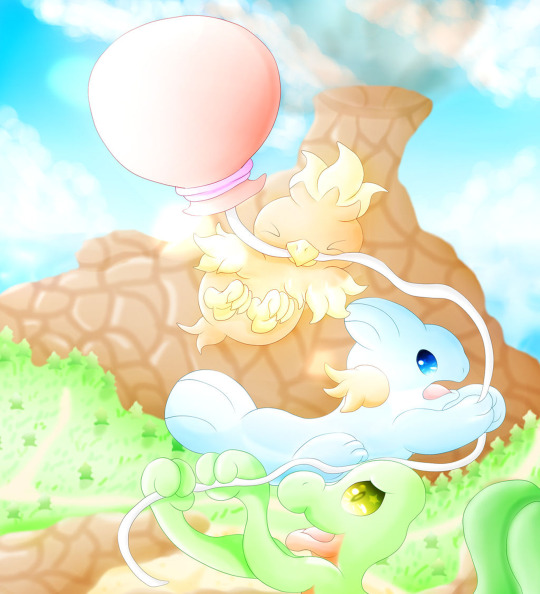
Remade my portrait from November 21, 2014, the day ORAS was released!
These starters and Hoenn have a place in my heart as I started off with Gen 3!
#quils art#digital art#pokemon#pokemon art#pokemon fanart#treecko#torchic#mudkip#fire starter#grass starter#water starter#fire pokemon#grass pokemon#water pokemon#starter pokemon#pokemon starter#pokemon ruby and sapphire#pokemon omega ruby and alpha sapphire#pokemon ruby sapphire and emerald#rse#oras
14 notes
·
View notes
Text
Pokemon Emerald - Battle Factory
#pokemon#pokemon emerald#pokemon ruby sapphire and emerald#video game music#pokemon ruby and sapphire
12 notes
·
View notes
Note
Another Moonboard For Deoxys From Pokemon Ruby, Sapphire and Emerald

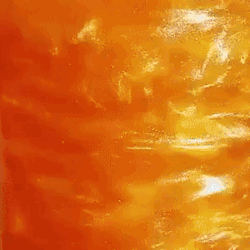








Deoxys (Pokemon Ruby and Sapphire)
#livi’s moodboards#aesthetic#moodboards#moodboard#video games#Pokemon#Orange#teal#space#psychic#stim#stimboard#Pkmn#pokemon ruby and sapphire#pokemon rse#rse#pkmn rse#Pokemon ruby sapphire and emerald#ruby sapphire#Ruby sapphire emerald#Deoxys
13 notes
·
View notes
Text
Clamperl, Huntail, & Gorebyss
Clamperl (#366)
Polyprogressa bivalva
General Information: Clamperl the Bivalve Pokémon, this Pokémon produces a single pearl in its lifetime (that is separate from the pearl-like head inside its shell) that emit psychic powers. Spoinks use these pearls for themselves as part of their own biology, which causes no harm to the Clamperl. However, because a Clamperl will only make one pearl in its lifetime, its important that a Spoink be sure to pick one that isn’t too small. The evolutionary history of the relationship between Clamperl and Spoink remains a mystery, and it is a source of much study from scientists.
Clamperls are about 1’4 feet (0.4 M) long with an average weight of a whopping 115.7 pounds (52.5 kg). They are astoundingly heavy. Some larger ones are known to get upwards of 2 feet even 3 feet (1 M) long, reaching sizes 200-300 pounds each.
Clamperls are about 1’4 feet (0.4 M) long with an average weight of a whopping 115.7 pounds (52.5 kg). They are astoundingly heavy. Some larger ones are known to get upwards of 2 feet even 3 feet (1 M) long, reaching sizes 200-300 pounds each.
Habitat: Clamperls are very common around coral reefs and the coastlines of the African continent, and in general live in the sunlight and twilight zones of the ocean. For reasons scientists are still trying to decipher, Clamperls are most found around regions with Spoink and Grumpig populations, meaning something in their relationship encourages Clamperl populations to thrive, too.
While fundamentally found globally, overharvesting by humans makes Clamperls not as numerous in some parts of the world as they should be. Of course, this is relative, but since African Spoink and Grumpig populations are dependent upon healthy Clamperl populations, the effects of overharvesting have taken its toll on Spoinks and Grumpigs. Unfortunately, this means that through ecological cascade the rest of the African ecosystem is impacted in some way by Clamperl overharvesting. There is legislation in place to stop this in some parts, but poaching remains rampant.
Life Cycles: Clamperls are born in winter from eggs the size of one’s pinkie nail. They are born fully independent and receive no parental care, and at this stage of life may use their small size to traverse the water column in search of a nook or cranny in their coral reef to hunker down and call home. Despite being born in brood sizes that go up into the low thousands, maybe a few dozen in each brood will make it to an age where a Spoink will take its pearl, and even fewer make it to evolution. Do not mistake these low success rates for low population numbers,
As a Clamperl ages, its shell grows and develops with it. Eventually, they become too big for their shells and their shells become too heavy and cumbersome—this is how one can tell that it’s ready to evolve. But in order for a Clamperl to evolve, it must be prompted by either a Deep-Sea Tooth or a Deep-Sea Scale, which originate from Huntails and Gorebysses respectively.
Clamperls do not seem to have discernable courtship practices and in the wild are seldom the ones who do the reproduction.
They are eaten by creatures that enjoy feasting upon bivalves, such as Mareanies and Toxapexes. There have been sightings of Drifblim carrying off with Clamperls in their ribbon-arms, but this is a misunderstanding what’s actually going on: Drifblim eat the recently-departed souls of Clamperls, but lack the capacity to eat a live one themselves. However, it sure looks like they’re eating a live Clamperl, and this leads to much confusion from tourists.
Behavior: Clamperls are relaxed creatures that live in colonies with others of their kind and in and amongst the coral reefs. Here, they become excellent friends with the Corsola who live there, too. Clamperls are considered rather amicable sorts and get along well with the reef-forming Pokémon (Corsolas and sea anemones).
Diet: All stages of this Pokémon are entirely carnivorous. Clamperls eat very small prey (such as the tiiiiiiiiiny babies of other marine Pokémon) and will clamp down on its prey to consume it.
Yes, they can and will eat baby Mareanies. It’s only fair after all.
Conservation: Endangered
Relationship with Humans: Pearls from Clamperls are considered to be immensely valuable, often ten to twenty times more valuable than Shellder pearls. This directly leads to overharvesting of Clamperls. In some parts of the world, Clamperls are further seen as good eating, leading to more poaching, and causing anti-poaching efforts to crack down on both consumption and pearl harvesting. Unfortunately, the crackdown on Clamperl pearl harvesting has driven their prices higher.
Captive Breeding Program: Conservationists discovered that it’s shockingly easy to get captive Huntails and Gorebysses to lay reasonably-sized clutches each year. Many aquariums are part of the International Wild Clamperl Preservation Program (IWCPP), a captive-breeding program that raises, breeds, and even gives out Clamperls to trainers to raise. These captive-bred Clamperls are never free, but they can be purchased through the program as a means of providing financial support to global conservation efforts, and trainers will even be given a free Deep Sea Tooth or Deep Sea Scale if they don’t already have one. Conservationists would far rather you purchase your Clamperl from an aquarium that’s part of the captive-breeding program, than to get one from the wild.
Classification: Clamperls are distantly related to Shellders, but both are bivalves.
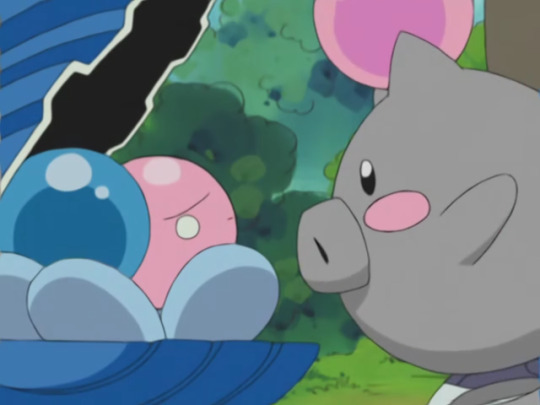
Huntail (#367)
Polyprogressa inescovenata
General Information: Huntail, one of the evolved forms of Clamperl, and a predator of the deep sea. It is not a strong swimmer, but it is an adaptable one. Its physiology gives it the flexibility necessary to lurk the high pressures of the sunless ocean.
Huntail average at 5’7 feet (1.7 M) long [which is longer than Professor Redwood is tall, lol] and weigh about 60 pounds (27 kg).
Habitat: Huntail live in the twilight and midnight zones of the ocean, but not the abyss. There, they lurk in the dark seeking out unsuspecting prey. They will return to the sunlit zones when it’s time to breed.
Life Cycles: When a Clamperl is ready to evolve they’ll seek out a Deep-Sea Tooth—some may even attempt to swim into the darker depths of the ocean to find themselves a Deep-Sea Tooth left behind by a Huntail, but others simply ask their swimming friends for assistance. Corsolas are often happy to assist such endeavors.
Huntails spend most of their time in isolation, but when they’re ready to lay eggs (which are laid in batches of hundreds to even thousands once each fall), they will lay them in the twilight zone of the ocean where the poor light gives them a fighting chance to avoid being consumed—important, considering that the Huntails will otherwise provide zero parental care.
Huntails are believed to reach upwards of 40 years of age in captivity, and unknown lifespans in the wild.
Behavior: Huntails will use their tail as bait and will wait for ages for prey to fall for the lure and ensnare it. Despite popular conceptions, between Huntail and Gorebyss, Huntails are the kind ones that at least kill their prey swiftly.
Diet: Huntails eat deep-sea fish and other critters that have never known the light of day. They particularly enjoy feasting on Mareanies when they get the chance—though this is less out of taste preference and more an old grudge from when they were Clamperls. While generalists who will rarely turn down an easy meal, Huntails do not eat Corsola nor any similar creatures. They have standards: like not eating their reef friends.
Conservation: Endangered
Relationship with Humans: Huntails have been mysterious, frightening creatures in old folklore. Little is known about their habits in the wild due to the difficult nature of studying them. In Japan, it’s believed that if a Huntail washes to shore its an omen of bad things to come, particularly earthquakes/tsunamis.
Huntails have gained popularity amongst marine biologists and Pokémon trainers of all sorts due to the rise of the captive-breeding program at aquariums.
Classification: Huntail’s scientific name is “Polyprogressa inescovenata.” Its genus name “polyprogressa” refers to their ability to evolve into two completely different Pokémon, while the species epithet “inescovenata” roughly means “bait hunter” or “hunts with lure.”
Evolution: Huntail evolves from Clamperl when it is exposed to a Deep Sea Tooth (like an evolution stone), but a Clamperl is able to control its evolution for a long time until it is ready.
Gorebyss (#368)
Polyprogressa ensistoma
General Information: Gorebyss, one of the evolved forms of Clamperl, and the most vicious of the two evolutionary branches. They are able to handle the high pressures of the deep ocean, though not as much as Huntail. When they hunt, they inject their beak-like mouth into their prey, release a mildly paralyzing venom, and suck the bodily fluids and soft tissues out of their prey. This process is slow, painful, and cruel.
Gorebysses are about 5’11 feet (1.8 M) long and weigh about 49.8 pounds (22.6 kg).
Habitat: Gorebysses spend their time in the twilight and daylight zones of the ocean, avoiding competition with Huntails.
Life Cycles: Gorebysses are usually several years old before they evolve from Clamperl. Unlike Huntails, Gorebysses often return to the reefs that they grew up in, where they feed upon the fish and Mareanies. Gorebysses are responsible for most of the genetic flow between populations of Clamperls. They are also pickier at choosing mates than Huntails are, and the courtship process begins as early as Spring, when their scales become beautiful and vibrant to attract mates. The courtship process, which is lengthy and extensive, often lasts through the summer, and eggs are laid in the fall. The Gorebyss will find a good cave, nook, or cranny to lay her eggs in, then leave the 800-1200 pinkie-sized eggs behind to fend for themselves.
Captive Gorebysses are known to live upwards of 40 years.
Behavior: Gorebysses are notoriously aggressive toward anything seen as a threat. They are quite happy to use their beak-like protrusions as weapons against foes, and more than one swimmer has had their leg temporarily paralyzed by an unfriendly Gorebyss. They are friendly toward Corsolas, sea anemones, Huntails, and Clamperls. They are vicious toward Mareanies and Toxapexes. There has been at least one recorded case of a pod of Gorebysses ganging up on a Toxapex that was overeating the Clamperls and Corsolas in the reef, brutally murdering the Toxapex in the process and feasting upon its remains.
Gorebyss are pretty and elegant, but do not let this fool you into thinking that wild Gorebyss you spotted at the beach is your friend. Because it isn’t.
Diet: Gorebyss eat fish and various other sea creatures. They do not bother with bivalves, Corsolas, or sea anemones, but enjoy a tasty Pyukumuku if it can avoid its gut-fist.
Conservation: Endangered
Relationship with Humans: Gorebysses are hunted for their beautiful, vibrant scales that get utilized in jewelry making. Some even consider them good-eating, but this is much less prevalent.
There is a common misconception amongst the general population that Gorebysses, a beautiful and elegant marine Pokémon, are going to be friendly, too, and are regularly mortified when they go to aquariums and learn the hard way that Gorebysses are actually voracious predators that drain their victims slowly and painfully. This fact has lead to a new interpretation of Gorebyss in popular media, and are occasionally used as the “femme fatale” figure in film and television.
Gorebyss popularity amongst trainers has risen in recent years, due to the growing popularity of IWCPP.
Classification: Gorebyss’s species epithet, “enistoma” means “sword or lance-like mouth.”
Evolution: Gorebyss evolve from Clamperl after being exposed to a Deep-Sea Scale (like an evolution stone), but this evolution can be controlled and held off until the Clamperl is ready to evolve.
~~~~~~~~
Hey guess what, if you like my stuff, this is my website where you can find other Pokémon I've written on and more information about the game that I’m slowly making! Check it out! I write books sometimes too.
#huntail took a nap#clamperl#huntail#gorebyss#pokemon#pokemon biology#pokemon biology irl#pokemon tabletop#ttrpg#homebrew#pokemon irl#pokemon biology irl tabletop#tabletop homebrew#tabletop#pkmn#gen 3 pokemon#hoenn pokemon#pokemon gen 3#hoenn#hoenn pokedex#pokemon hoenn#hoenn region#pokemon ruby sapphire and emerald#pokemon rse#pokemon ruby and sapphire#pokemon omega ruby and alpha sapphire#pokemon oras#oras#rse#pkmn rse
6 notes
·
View notes
Text
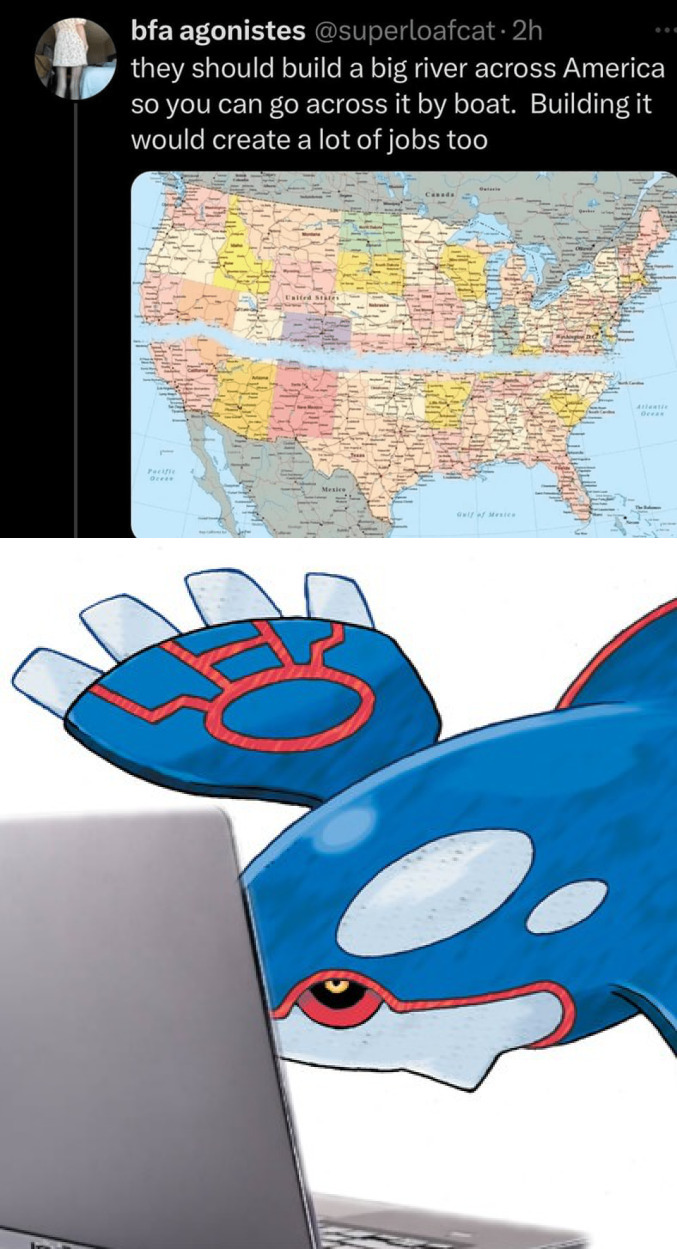
#pokemon#hoenn#nintendo#gba#funny#humor#meme#gaming#video games#twitter#x#kyogre#pokemon ruby and sapphire#pokemon emerald#oras#3ds#2000s#00s#s#retro#nostalgia#nostalgic#anime#retrogaming#memes#pokemon memes
8K notes
·
View notes
Text

Today's Pokémon Mystery Dungeon Day!! I still remember my first run in Blue Rescue Team! The battle against Rayquaza was EPIC! Have this drawing to celebrate!
Ps. This print is available on my shop! (Link in bio!)
#pokémon#digital art#fanart#pokemon mystery dungeon#pmd#rayquaza#dragon#hoenn#pokemon ruby and sapphire#pokemon emerald#illustration
8K notes
·
View notes
Text
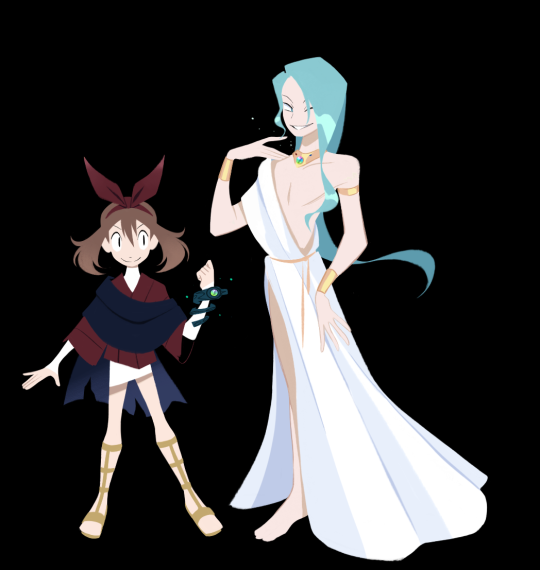
pokemon legends delta emerald. is this anything
#she went 11 months without any pokemon legends za news... this is what happened to her brain#art#fanart#lineless art#pokemon#pkmn#pkmn fanart#pokemon rse#gen 3#pokemon oras#hoenn#pokemon ruby and sapphire#pokemon emerald#pokemon au#i guess#trainer may#champion wallace#but not actually
638 notes
·
View notes
Text
sparkle on it’s sunday
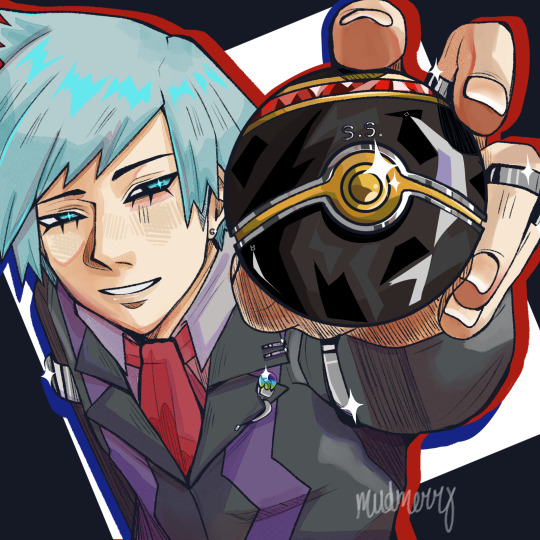
#my art#pokemon#pokemon fandom#pokemon fanart#pkmn#pkmnart#pkmn fanart#steven stone#steven pokemon#pokemon rse#pokemon oras#pokemon ruby and sapphire#pokemon emerald
539 notes
·
View notes
Text
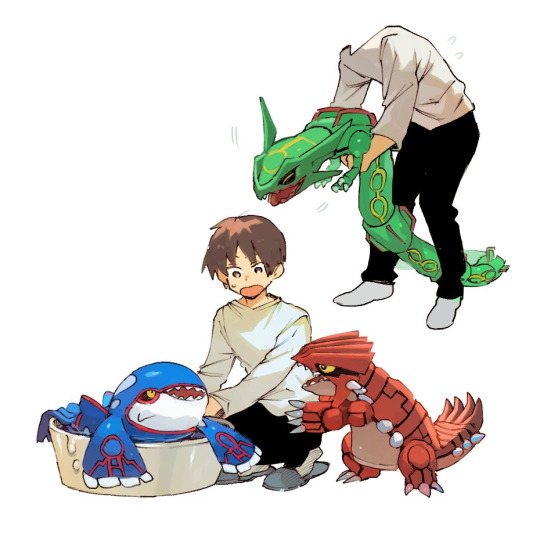
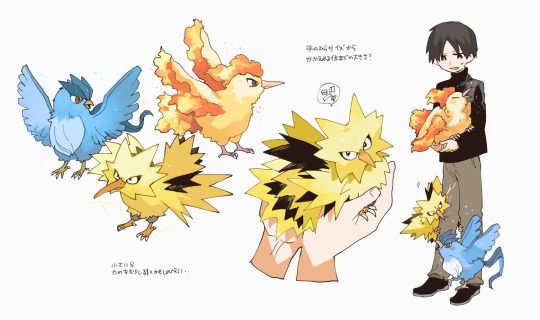
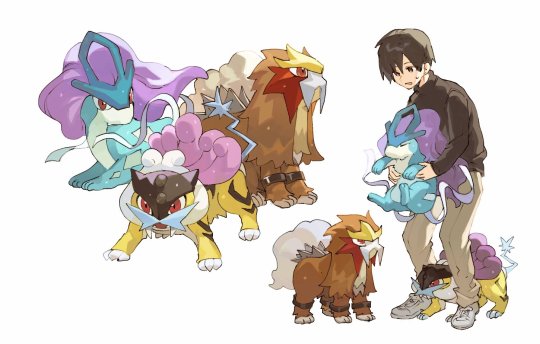
Baby trios by esasi8794 on X
#pokemon#groudon#kyogre#rayquaza#articuno#zapdos#moltres#entei#raikou#suicune#nintendo#switch#3ds#anime#gaming#video games#retrogaming#kanto#hoenn#johto#pokemon emerald#pokemon ruby#pokemon sapphire#cute#kawaii#funny#lol#meme
2K notes
·
View notes
Text
Route 120 is still one of the most beautiful routes in pokemon btw
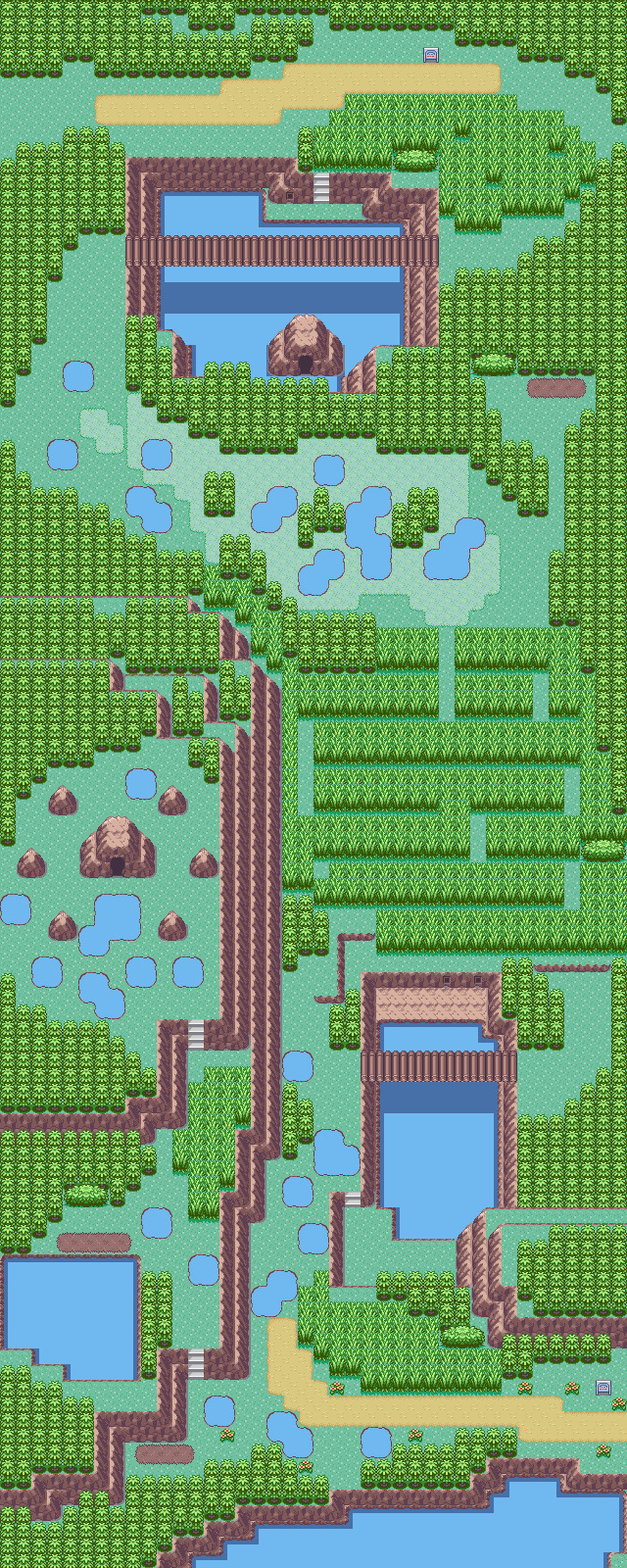
2K notes
·
View notes
Text
when you add up all the digits in my boyfriends and my birthdays they both equal the same number idk about astrology but thats soulmates to me
419 notes
·
View notes
Text
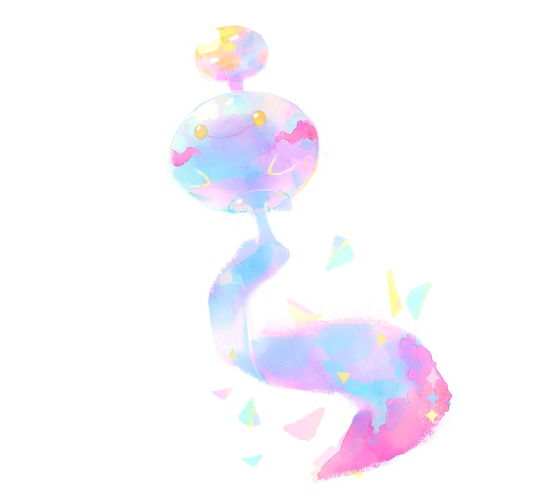
chimecho doodle ✧
#my art#chimecho#pokemon#artists on tumblr#pokemon fanart#pokemon oras#pokemon rse#pokemon ruby and sapphire#oras#hoenn#pokemon emerald#digital art#doodle#fanart#pokemon art#pokeart#art
3K notes
·
View notes
Text
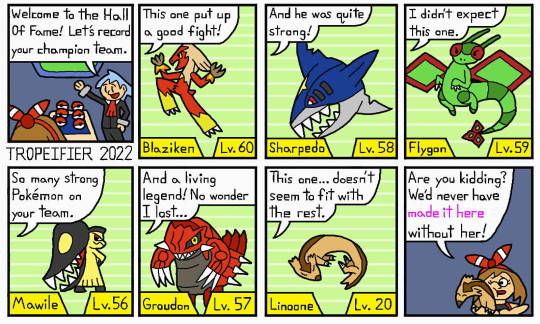
Originally posted online on December 31, 2022.
It was a strange time, before the EXP Share affected the whole team.
#digital art#comic#webcomic#nintendo#nintendo fanart#pokemon#pkmn#pokemon fanart#pokemon fancomic#pokemon comic#pokemon hoenn#hoenn#hoenn region#pokemon steven#steve stone#may pokemon#trainer may#pokemon oras#pokemon rse#pokemon ruby and sapphire#pokemon emerald#pokemon omega ruby#pokemon alpha sapphire#blaziken#sharpedo#flygon#mawile#groudon#linoone#artists on tumblr
703 notes
·
View notes
Text
Archie: there should be more ocean so people and pokémon can have ocean fun times :D
Maxie:
Original clip from this video by GregBroDudeMan :)
#pokémon#pokemon#pokemon rse#pokemon ruby and sapphire#pokemon ruby#pokemon sapphire#pokemon emerald#pokemon oras#pokemon omega ruby and alpha sapphire#pokemon omega ruby#pokemon alpha sapphire#team magma#team magma pokemon#team aqua#team aqua pokemon#maxie pokemon#magma leader maxie#team magma maxie#archie pokemon#aqua leader archie#team aqua archie#pokemon villains
484 notes
·
View notes
Text

Just outside the city I was holding something No one's ever seen before
#pokémon#pokemon#pokemon omega ruby and alpha sapphire#pokemon omega ruby#pokemon alpha sapphire#pokemon rse#pokemon emerald#pokemon ruby#pokemon sapphire#trainer wally#rival wally#wally pokemon#jirachi#pokemon jirachi#jirachi pokemon#pkmn#pkmn trainer wally#f1sh art
191 notes
·
View notes
Text

#pokemon#nintendo#retro#gba#gameboy advance#2000s#00s#2000ish#funny#lol#humor#meme#nostalgia#pokemon firered#pokemon leafgreen#pokemon ruby and sapphire#pokemon emerald#pokemon mystery dungeon#pmd#gaming#video games#pokemon pinball#nostalgic#relatable#retrogaming#gen iii#gen 3#hoenn
3K notes
·
View notes